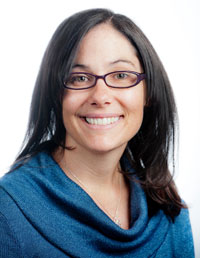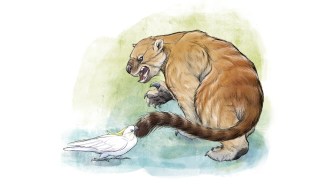Endings make way for new beginnings for Earth and SN
By Eva Emerson
- More than 2 years ago

No matter the cause, it’s clear that some living things managed to get by and eventually to thrive (hello, mammals and birds). In her article “With dinosaurs out of the way, mammals had a chance to thrive” (SN: 2/4/17, p. 22), Meghan Rosen examines new details about what survived and how. Working backward from later animals, some scientists are profiling the kinds of traits that would have been useful in an apocalypse, with some interesting results. Seed-cracking beaks, for example, might have given some avian ancestors an edge over dino relatives with teeth.
In “Some lucky birds escaped dino doomsday” (SN: 2/4/17, p. 26), Susan Milius makes the excellent point that we now know that not all dinosaurs died out. Some live on as birds. It’s something that I, having learned otherwise as a child, still sometimes overlook. Evolving thinking about the end of the dinosaurs makes the story a little messier, a little less easily summarized to schoolchildren. But it does more clearly reveal life’s ebbs and flows, and both its vulnerability and resilience to unimaginable planetary insults. Even widespread destruction can lead to the blossoming of new life. Even when we think the dinosaurs are all gone, we find some that have been here all along, beside us.
Writing about endings and new beginnings is fitting for me personally as I prepare this issue, the last under my direction as Editor in Chief. After more than nine years at Science News, I am pursuing a new opportunity on the West Coast, closer to my family, the Pacific Ocean and my beloved chaparral. Although my staff at first looked as if an asteroid were falling when I told them of my departure, this will be a much more peaceful transition. Science News is a vigorous enterprise, in print and online, thanks to the Society’s leadership under Publisher Maya Ajmera and to readers like you who continue to support the important journalism we do. Our team of experienced science journalists remains devoted to bringing you the latest news from a broad range of scientific fields. It has been humbling to learn from them — and from those of you who have reached out to me — during my time here. This team will continue to thrive, especially since Elizabeth Quill has agreed to step in as acting Editor in Chief. Quill has done a fantastic job on a number of projects, including our year-end issue and series of e-books. She certainly has the talent and dedication — the beak that can crack seeds, if you will — to lead Science News to its next great evolution.







